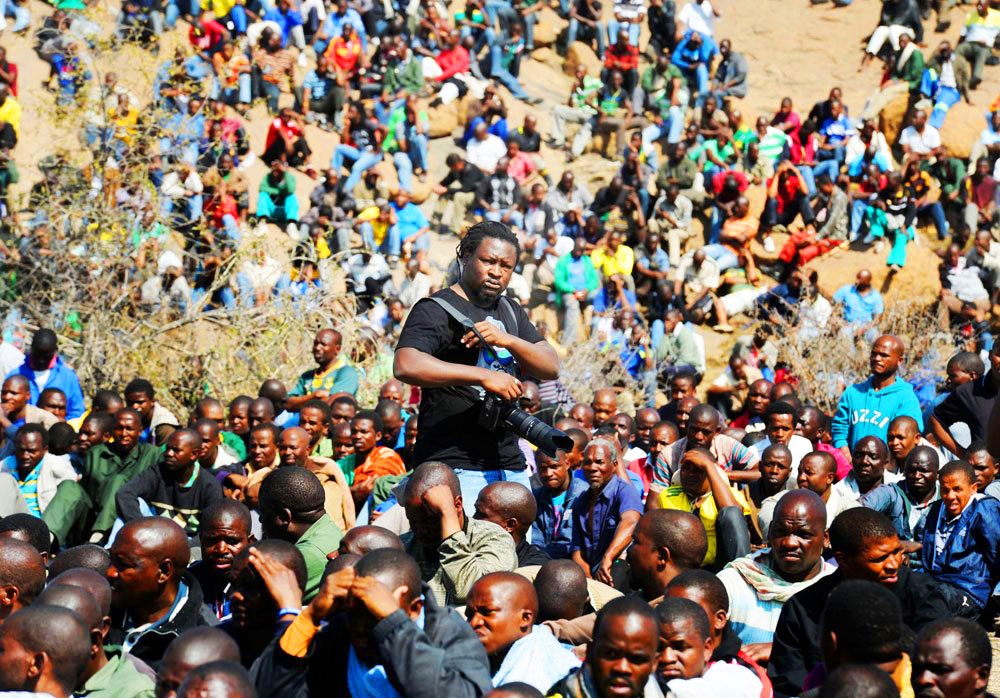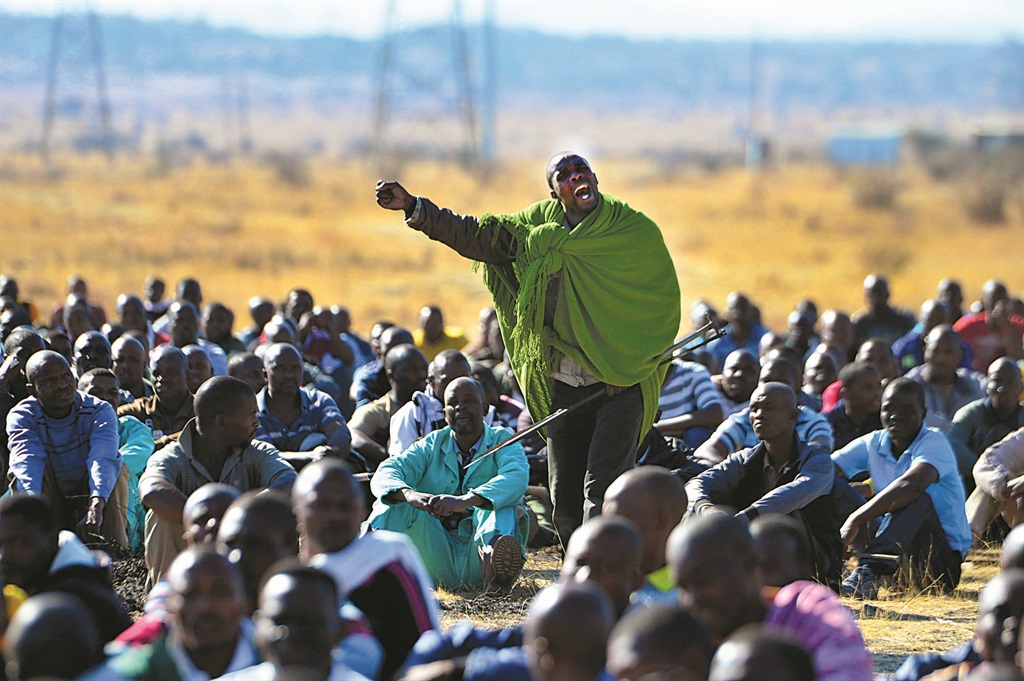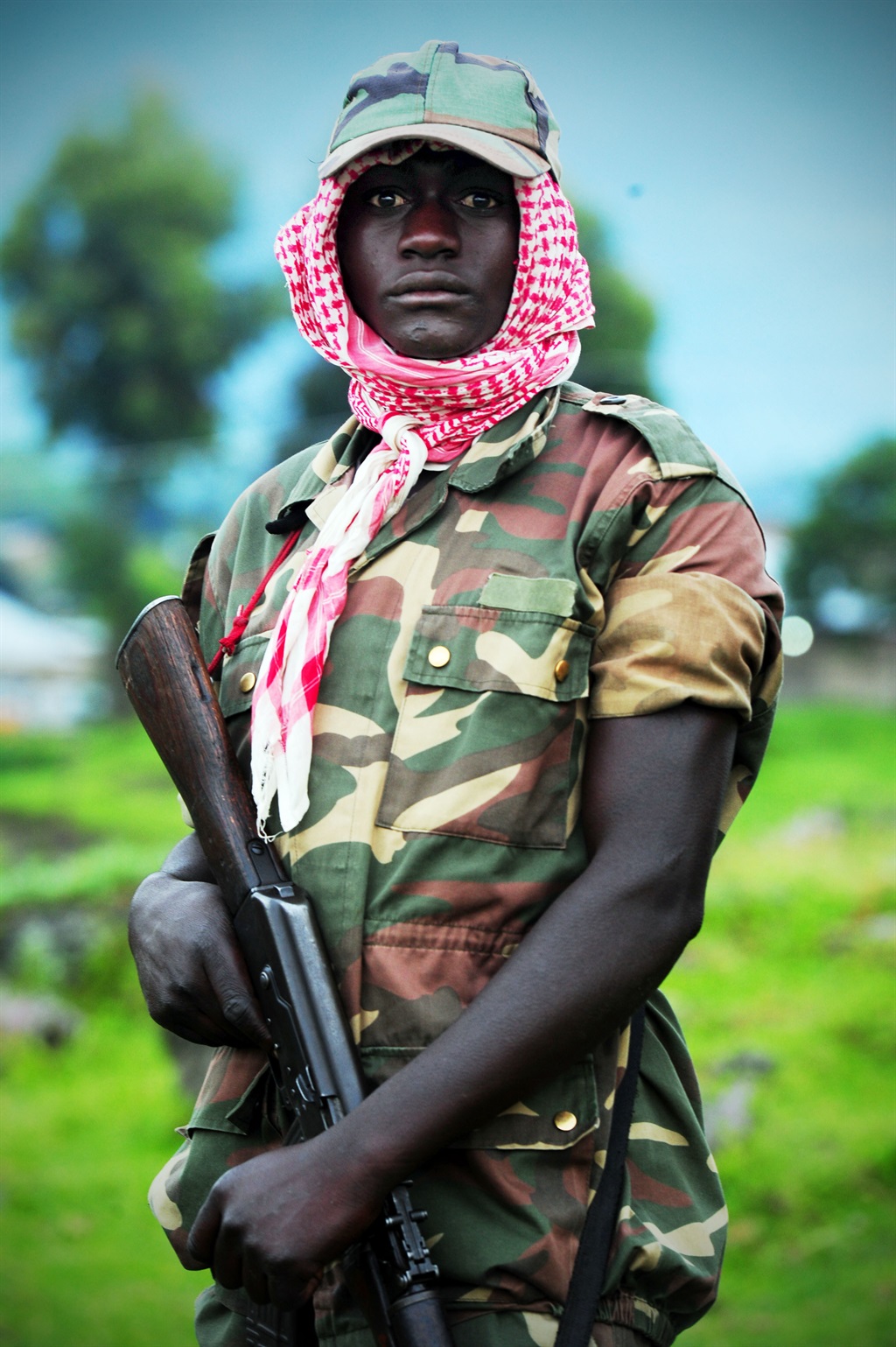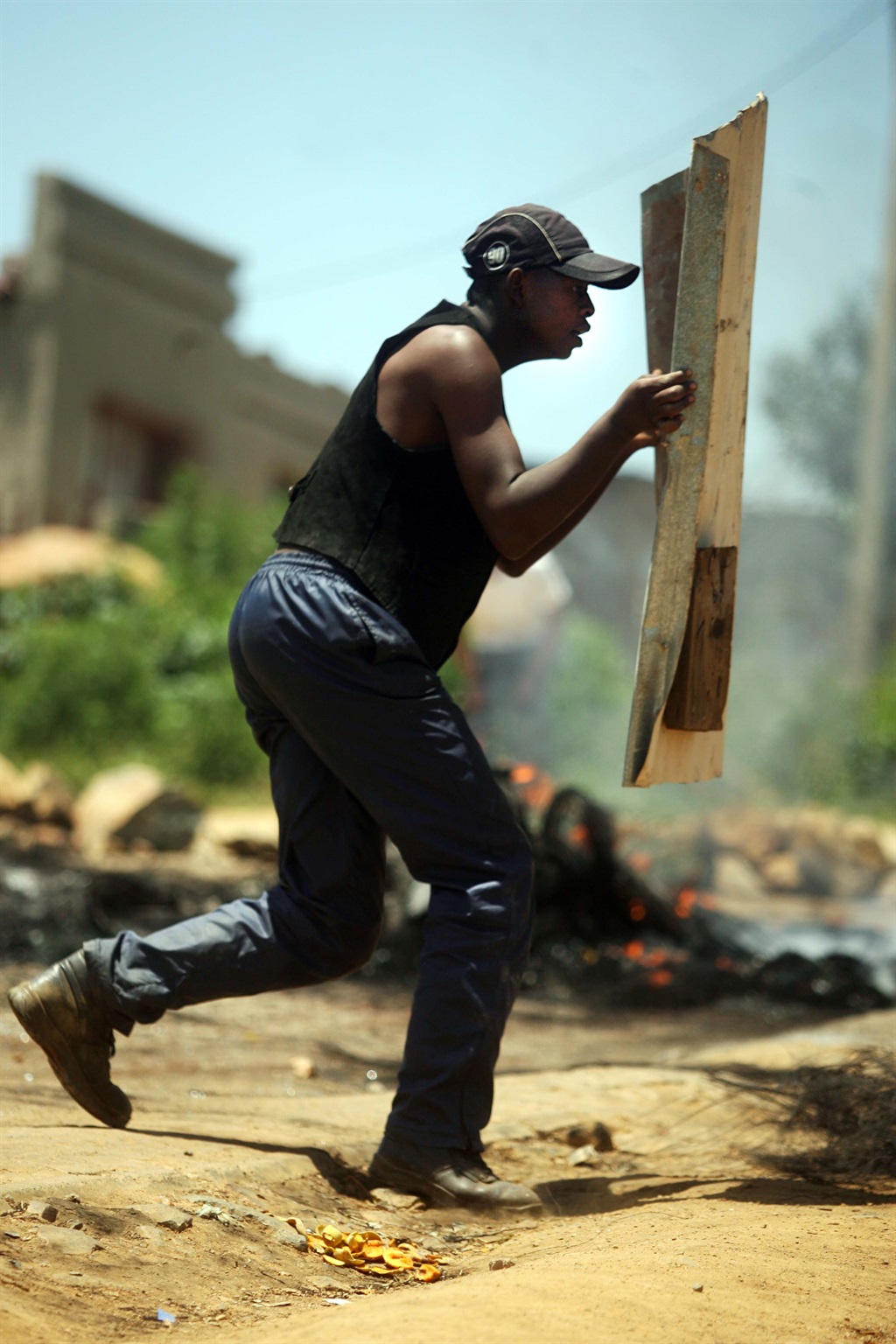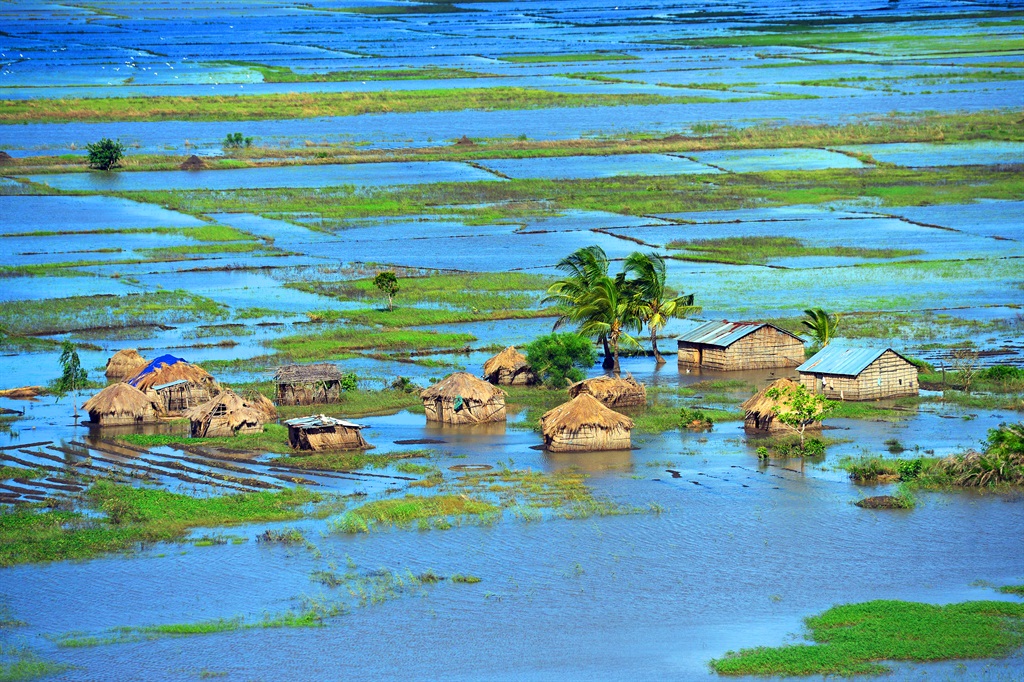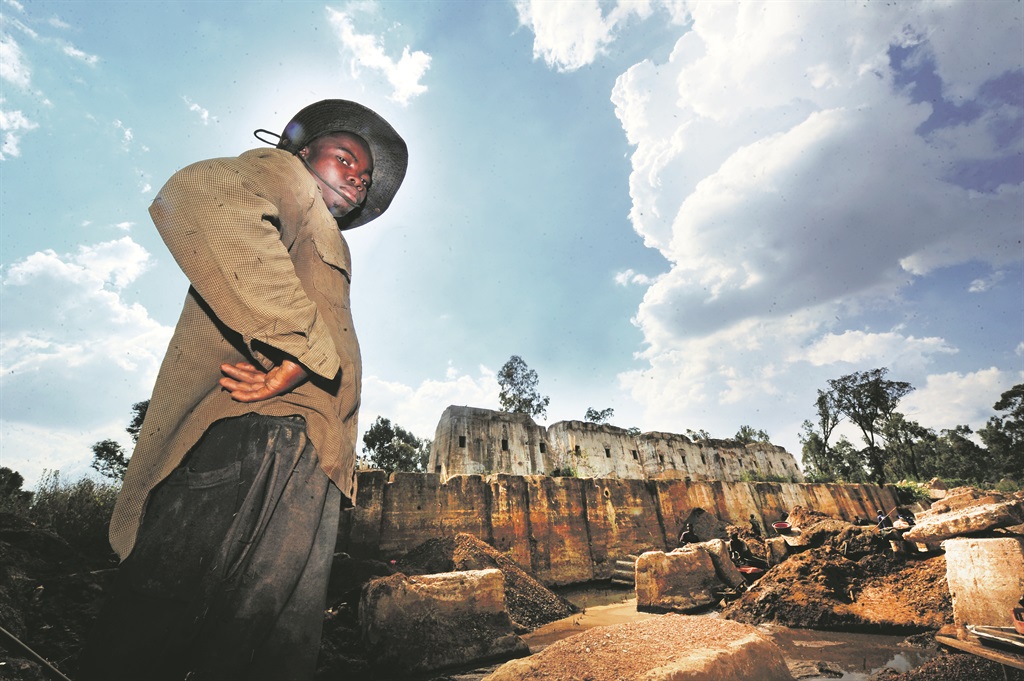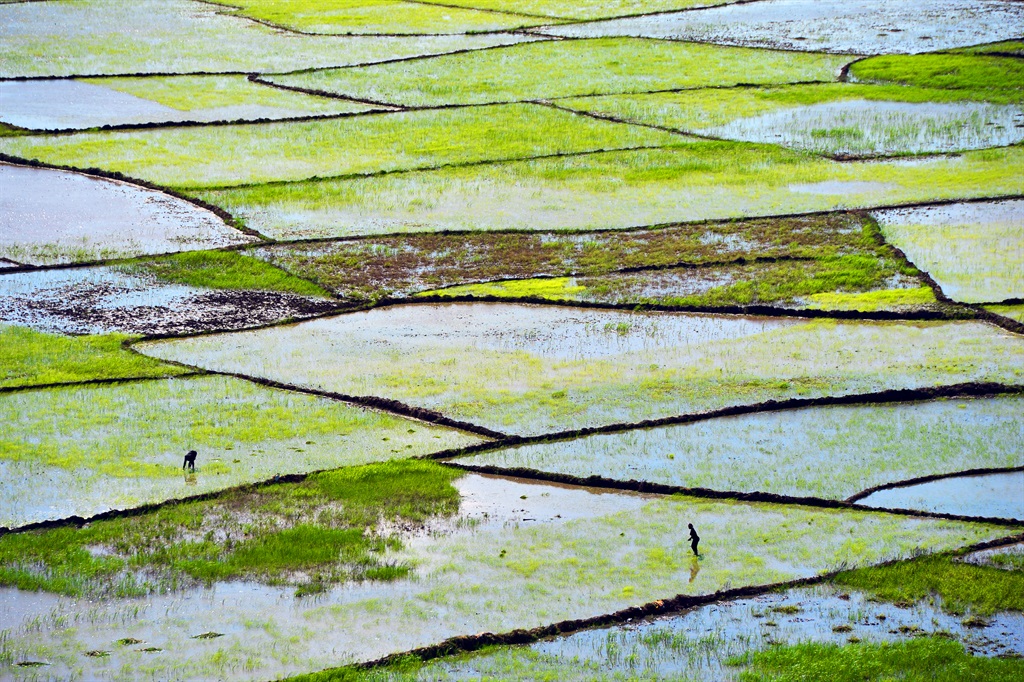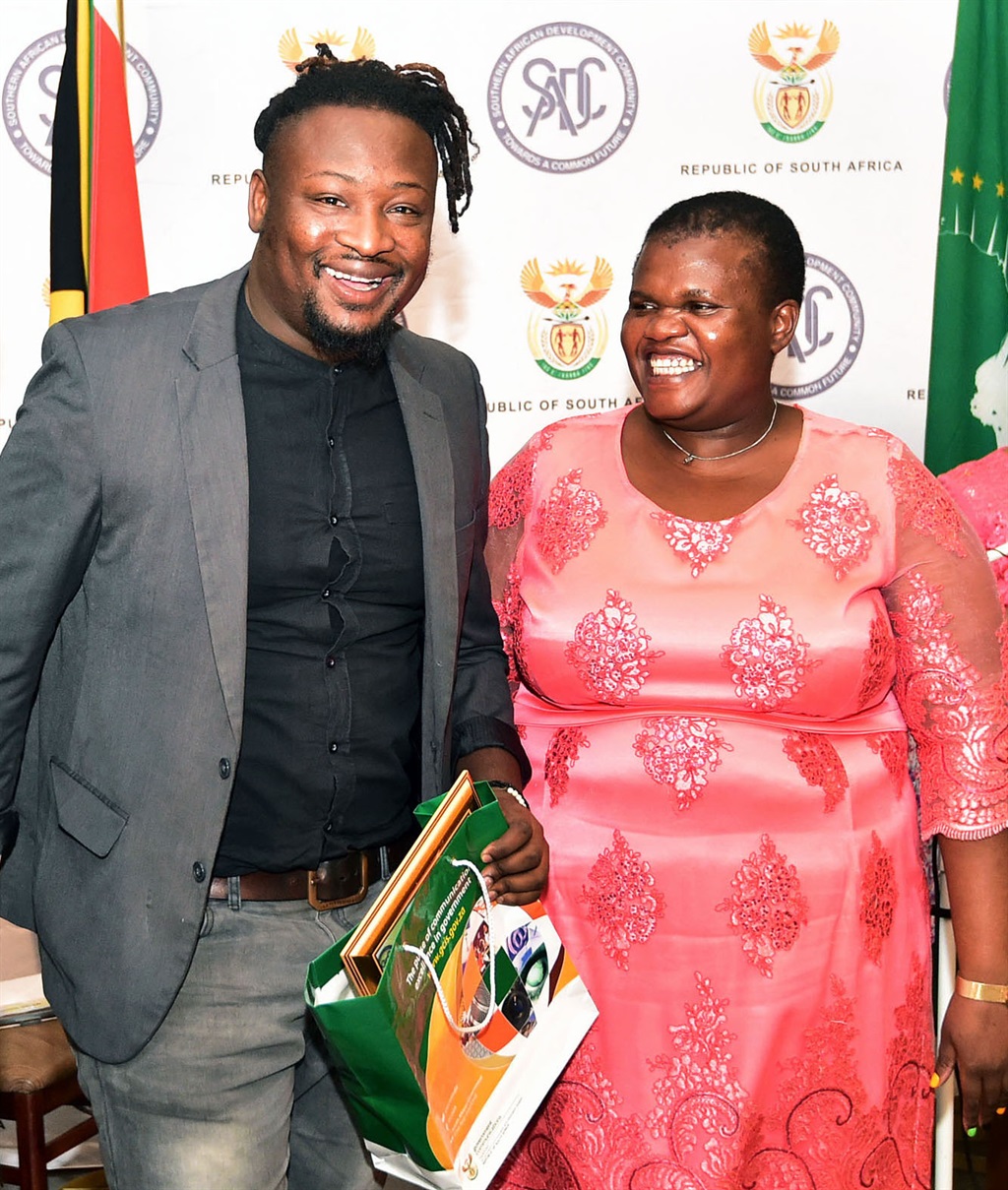
Renowned City Press photographer Leon Sadiki bagged the 2016 Southern African Development Community media award for photojournalist of the year in Pretoria recently. The awards, which showcase the fields of print, radio, television and photojournalism, attracted 104 entries from eight countries. This is what it’s like to be behind the lens of one of SA’s hardest working cameras. By Avantika Seeth.
The beginning
“I am a Soweto boy, a boy of the township, so I never forgot my roots and wanted to always tell other people’s stories. They are, after all, my people,” Leon Sadiki says, as he takes me back to where it all began.
After completing his schooling, he was adamant that he wanted to take up a career in photography.
“A picture really tells a thousand words,” he says, and it is this passion to tell stories through imagery that earned him a learnership to study photography at the Market Photo Workshop in Newtown in 2003, under the mentorship of then project manager Mothlalefe Mahlabe.
“I originally wanted to study film-making, but it was expensive, so when I joined the Market Photo Workshop it was my foot in the door,” he says, recounting the early days with a glimmer of fondness in his eyes.
Mahlabe later became the photo editor at City Press, so Leon was proud to have worked with him both as a student and then as a fellow colleague later on.
A calling to do more
Fascinated by his passion for photography, City Press journalists more often than not get lost in Leon’s stories. Last year he and veteran journalist Lucas Ledwaba launched their book, Broke and Broken: The Shameful Legacy of Gold Mining in South Africa.
This was a project they had been working on for a while, he says.
“Lucas and I were sitting one day and talking about how no one was showcasing the effects on the health of these miners, and that we wanted to do something about it. So that same week, we jumped into my car and drove straight down to the Eastern Cape,” he says. Halfway along their journey, his car broke down, but it is these moments that he lives for, the struggle of doing just about anything to get the story.
“It doesn’t matter what happens, Leon Sadiki cannot come back with nothing. That is just not going to happen,” he laughs.
Leon looks earnest, and says that his stories often emanate from unassuming conversations that he has with the simple, everyday man or woman on the street.
“You have to be able to get on their level, to be able to earn people’s trust. That is how I am able to take the pictures that I do,” he says, talking about how photojournalists are often scrutinised for “using” their subject matter to meet their own needs.
“This is not about the glory or fame for me; I am a real person looking to hear real people’s stories. And it is why this is so important for me.”
The Man In The Green Blanket
Leon’s photos have become his trademark, and some of his photos are now internationally recognisable, like that of Mgcineni “Man in the green blanket” Noki, who was shot and killed by South African Police Service members in Marikana on August 16 2012. Just hours before Noki and 33 other miners were killed, Noki was addressing his fellow miners, a role which he was lauded for in the struggle which the miners partook in.
“I was amazed at the response. I would get people calling me asking me to explain what was happening in the picture and I’m not that guy, I can’t speak.”
Leon was there on that fateful day, capturing those traumatic events as they unfolded.
His biggest critic
Although he has been witness to atrocities such as the Marikana tragedy, he feels like he still has more to give, in order to get that “one perfect shot”.
“I haven’t gotten that shot yet; it’s still coming. I don’t know if it’s because I am my biggest critic when it comes to my photos but I am always looking at my own work and criticising it,” he says.
The newsroom often discusses the astonishing photos that Leon comes back with. But he is never happy.
“When you guys compliment me, I’m always like ‘I could have done better’.”
Leon has been in the face of danger many times, but he feels like each time he finds himself in a compromising position, he’d rather not falter, no matter how dangerous the circumstances are.
The longest night of his life
One such experience was when he was assigned to a story in 2013 when South African Defence Force troops were deployed by the United Nations to disarm the March 23 Movement (M23) rebels in the eastern Democratic Republic of Congo. The rebels had taken control of the city, and an “intervention brigade” was being put together by the UN.
“We only knew what we saw on the news; the actual story was what we were getting once we were on the ground,” he says.
Leon and a colleague, Pieter-Louis Myburgh, arrived in Rwanda, spent a night there and drove to the border of Rwanda, into Goma, a city located in the eastern region of the DRC. Here they met up with local Reuters journalist, Kenny Katombe.
“Before we arrived at the headquarters of the M23 in Ruthshuru, which is on the border of Uganda, we went through a UN checkpoint. They told us that once we left that checkpoint, they couldn’t guarantee our safety. I was freaked out, because I knew that the rebels were killing people,” he says.
As they delved deeper into the jungle, all Leon could see was thick vegetation around them, and the peeping eyes of M23 rebels who followed their vehicle behind the tall trees.
“It was really scary, knowing that anything could happen at any moment. We didn’t speak the language or anything, all we had were our press cards to help us along the way,” he says.
Eventually they reached their destination, where they were to meet with General Sultani Makenga, leader of the M23 rebels.
“He was on the phone a lot, and we waited for a few hours until finally he told us that president of the M23 rebels, General Bertrand Bisiimwa, would speak to us. They brought us very dry bread and tea to eat for lunch before the interview. After the interview, it was getting dark very quickly, and Bisiimwa told us that if we didn’t leave soon, we risked the threat of having to travel back at night, when the rebels would be on full alert and they couldn’t help us in any way,” Leon smirks, as he takes me back to the day he’ll never forget.
“Makenga said we could spend the night at their campsite, but there was no ways I was going to stay there. So we took the risk and drove out, as the sun was setting,” he says.
Fortunately, they came across a church where they sought safety for the night. Leon and the other journalists made it out without being harmed, but it was to him, “one of the scariest days of my life”.
Where to from here?
Leon is the proud father of two, his youngest only two months old.
“I have a family and its difficult leaving them for long periods of time when I am on assignment, but if it needs to be done then that is what I do,” he says.
“It is unexplainable, to be able to take a photo, as a link to communicate stories. The camera is a part of me. All it takes is a single moment to spur on ideas based on the conversations I have, to follow a story through and get the best shots,” he says.
Scroll through some of Leon Sadiki's iconic photographs below:




 Publications
Publications
 Partners
Partners





